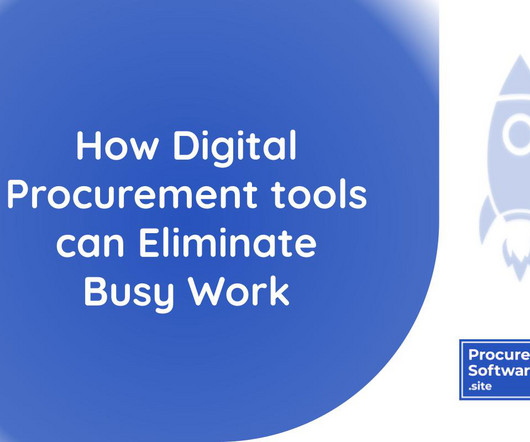How to build a successful procurement strategy
IBM Supply Chain Blog
DECEMBER 13, 2023
It can nurture collaborative partnerships with suppliers and integrate ethical and environmental (green purchasing) considerations into the sourcing strategy. A procurement strategy is a structured plan that an organization develops to guide its purchasing process in a way that aligns with its business needs.












Let's personalize your content